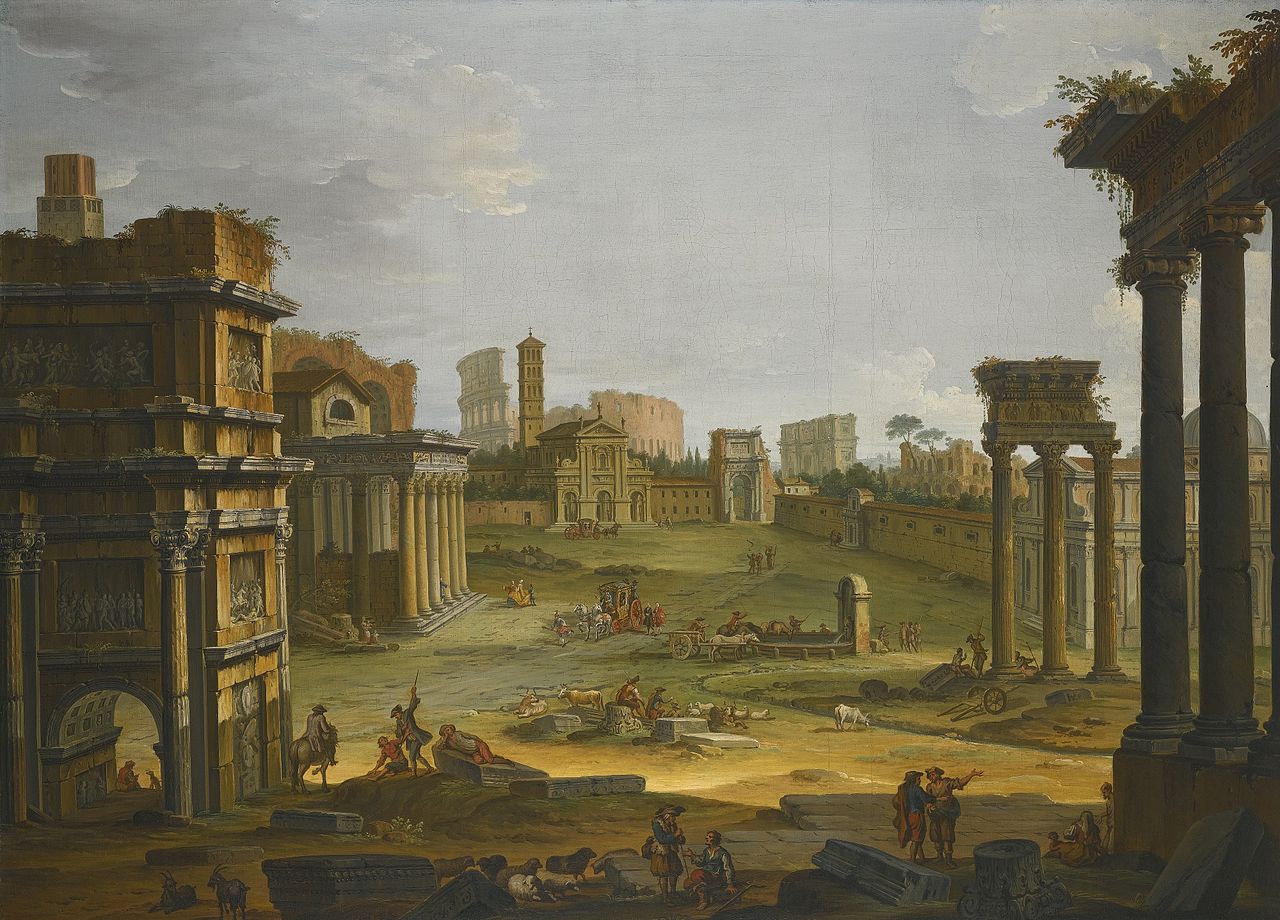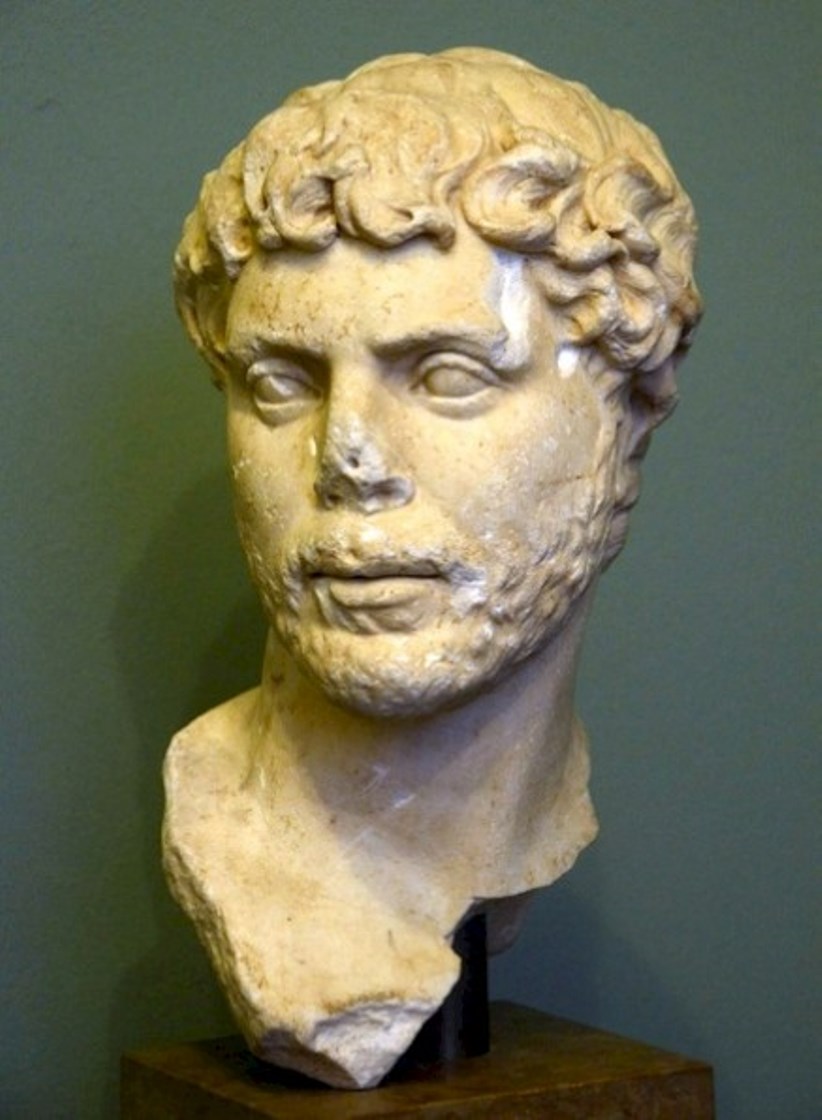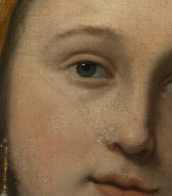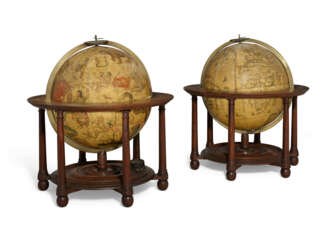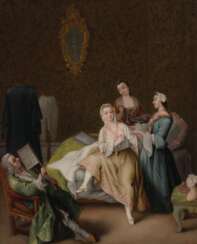170

William Hoare of Bath was a British portraitist, painter and printmaker. From c. 1740 to 1759, he was the leading oil portraitist at Bath, Somerset, until Thomas Gainsborough arrived in the town. Noted for his pastels, he was a foundation member of the Royal Academy.


François Boucher, a French artist, is celebrated for his significant contributions to the Rococo style of painting. His works are renowned for their idyllic and voluptuous themes, which include classical subjects, decorative allegories, and pastoral scenes. Boucher's talent in creating intricate and charming paintings made him a favorite in the French court, especially with Madame de Pompadour.
François Boucher's skills were not confined to painting alone; he was also an adept draftsman and tapestry designer. His designs for the Beauvais tapestry workshops were highly successful, influencing decorative arts across Europe. Moreover, Boucher's influence extended to porcelain, with his designs being replicated on tableware and decorative pieces at the Vincennes and Sèvres factories.
Despite the later criticism of his style as overly frivolous and disconnected from the emerging Neoclassical trends, François Boucher's works continue to be admired for their aesthetic beauty and historical significance. His ability to blend various elements into a cohesive and appealing visual narrative demonstrates his mastery and enduring legacy in the art world.
For art collectors and enthusiasts, François Boucher's oeuvre offers a fascinating glimpse into 18th-century French art and culture, reflecting the opulence and delicate tastes of the Rococo period. His paintings and designs continue to be celebrated and studied for their artistic merit and historical context.
To stay updated on the latest exhibitions, sales, and events related to François Boucher's works, consider subscribing to updates from reliable art and antique sources. This way, you'll remain informed about opportunities to engage with the art of one of Rococo's most distinguished masters.

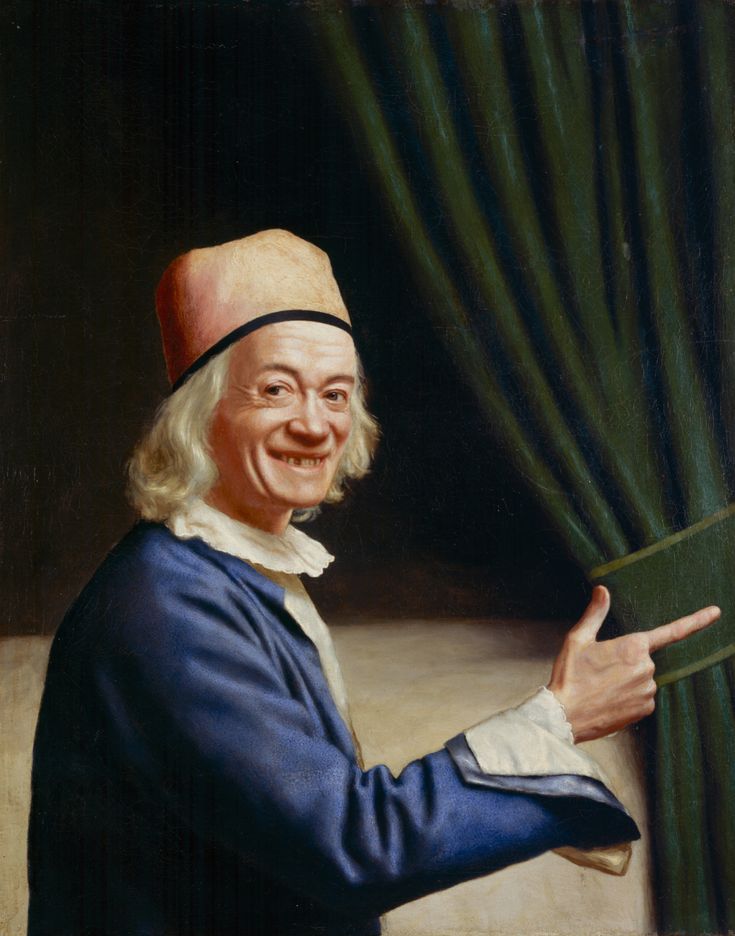
Jean-Étienne Liotard was a Swiss painter, art connoisseur and dealer. He is best known for his portraits in pastel, and for the works from his stay in Turkey. A Huguenot of French origin and citizen of the Republic of Geneva, he was born and died in Geneva, but spent most of his career in stays in the capitals of Europe, where his portraits were much in demand. He worked in Rome, Istanbul, Paris, Vienna, London and other cities.


Jean-Étienne Liotard was a Swiss painter, art connoisseur and dealer. He is best known for his portraits in pastel, and for the works from his stay in Turkey. A Huguenot of French origin and citizen of the Republic of Geneva, he was born and died in Geneva, but spent most of his career in stays in the capitals of Europe, where his portraits were much in demand. He worked in Rome, Istanbul, Paris, Vienna, London and other cities.


Shitao or Shi Tao (simplified Chinese: 石涛; traditional Chinese: 石濤; pinyin: Shí Tāo) was a Chinese Buddhist monk, calligrapher, and landscape painter during the early Qing dynasty.
Shitao is one of the most famous individualist painters of the early Qing years. The art he created was revolutionary in its transgressions of the rigidly codified techniques and styles that dictated what was considered beautiful. Imitation was valued over innovation, and although Shitao was clearly influenced by his predecessors (namely Ni Zan and Li Yong), his art breaks with theirs in several new and fascinating ways.
His formal innovations in depiction include drawing attention to the act of painting itself through his use of washes and bold, impressionistic brushstrokes, as well as an interest in subjective perspective and the use of negative or white space to suggest distance. Shi Tao's stylistic innovations are difficult to place in the context of the period.
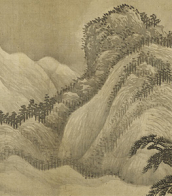

Edwaert Collier or Evert Colye was a Dutch painter of the Golden Age.
He became known for his vanitas still lifes and trompe-l'oeil paintings.




Shitao or Shi Tao (simplified Chinese: 石涛; traditional Chinese: 石濤; pinyin: Shí Tāo) was a Chinese Buddhist monk, calligrapher, and landscape painter during the early Qing dynasty.
Shitao is one of the most famous individualist painters of the early Qing years. The art he created was revolutionary in its transgressions of the rigidly codified techniques and styles that dictated what was considered beautiful. Imitation was valued over innovation, and although Shitao was clearly influenced by his predecessors (namely Ni Zan and Li Yong), his art breaks with theirs in several new and fascinating ways.
His formal innovations in depiction include drawing attention to the act of painting itself through his use of washes and bold, impressionistic brushstrokes, as well as an interest in subjective perspective and the use of negative or white space to suggest distance. Shi Tao's stylistic innovations are difficult to place in the context of the period.


Johann Georg Platzer was a distinguished Austrian Rococo painter and draughtsman, renowned for his vibrant and intricate historical and mythical scenes. Born in 1704 in Eppan, South Tyrol, Platzer belonged to a lineage of painters, which significantly influenced his career path. His work is celebrated for its dynamic compositions, detailed figures, and the ability to imbue scenes with a sense of vitality and opulence characteristic of the Rococo period.
Johann Georg Platzer's oeuvre includes a variety of subjects, from allegorical representations, such as the "Allegory of the Four Seasons," to scenes of courtly life and mythological narratives. His technique, marked by meticulous attention to detail and a masterful use of color, allowed him to create paintings that were not only visually stunning but also rich in narrative. Notably, his self-portrait and works like "Dancing Scene with Palace Interior" and "Fountain Scene in Front of a Palace" exemplify his skill in depicting intricate details and textures, from the luxurious fabrics of the figures' clothing to the architectural elements surrounding them.
The Joanneum Alte Galerie in Graz, Austria, holds the most significant collection of Platzer's paintings under a single roof, indicating the artist's prominence within the Austrian art scene of the 18th century. Furthermore, his paintings are housed in prestigious institutions worldwide, including the Art Institute of Chicago, showcasing his international recognition.
For collectors and experts in art and antiques, Johann Georg Platzer represents a pivotal figure in the Rococo movement, with his works offering a glimpse into the opulence and dynamic culture of 18th-century Austrian society. His paintings not only appeal to those interested in the artistic styles of the Rococo period but also to anyone fascinated by the historical and mythological narratives of the era.
To stay informed about new discoveries, sales, and auction events related to Johann Georg Platzer's works, signing up for updates is recommended. This will ensure enthusiasts and collectors are promptly informed about opportunities to acquire works by this illustrious artist, further enriching their collections with the vibrant history and culture encapsulated in Platzer's paintings.
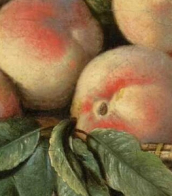
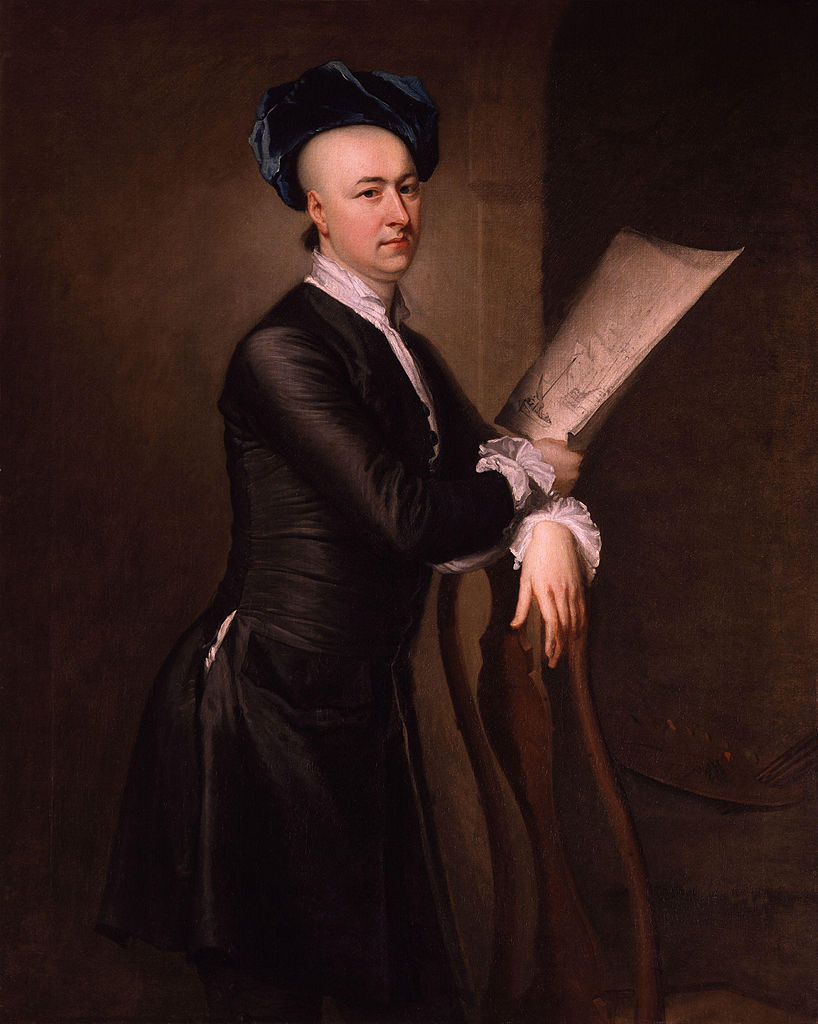

_-_(by_Lodewijk_van_der_Helst,_1672).jpg)
Willem van de Velde the Younger was a Dutch marine painter from the van de Velde dynasty of artists.
Willem van de Velde the Younger is famous for his paintings depicting the calm sea with a magical reflection of the water surface and sea battles. His works are held in London's National Gallery and private English collections, Amsterdam's Rijksmuseum, The Hague, Berlin, Munich, Vienna and Paris. There are three paintings by Willem van de Velde the Younger in the Hermitage. In addition to paintings, he left many drawings, the number of which exceeds 8,000.


Matthias Withoos, also known as Calzetta Bianca and Calzetti, was a Dutch painter of still lifes and city scenes, best known for the details of insects, reptiles and undergrowth in the foreground of his pictures.


Matthias Withoos, also known as Calzetta Bianca and Calzetti, was a Dutch painter of still lifes and city scenes, best known for the details of insects, reptiles and undergrowth in the foreground of his pictures.


James Seymour was an English painter, widely recognized for his equestrian art.

Zhū Dā (Chinese: 朱耷) was a Chinese painter, poet and calligrapher of the late Ming and early Qing dynasties. Known by the pseudonym Bada Shanzhen (Chinese: 八大山人), the man from Mount Bada.
Bada Shanren belonged to the imperial family of the Ming Dynasty, but chose to become a Buddhist monk and led a reclusive lifestyle. His artistic style was characterised by a unique combination of traditional Chinese ink painting techniques and bold, expressive brushstrokes. Bada Shanren's works often depicted landscapes, birds, flowers and animals, demonstrating an exceptional ability to convey the essence of the natural world. His paintings reflected a sense of spiritual introspection and a deep connection to nature. Despite the turbulent times in which he lived, Bada Shanren's artistic legacy remains highly regarded and his works are still considered masterpieces of Chinese ink painting.


Matthias Withoos, also known as Calzetta Bianca and Calzetti, was a Dutch painter of still lifes and city scenes, best known for the details of insects, reptiles and undergrowth in the foreground of his pictures.








William Hoare of Bath was a British portraitist, painter and printmaker. From c. 1740 to 1759, he was the leading oil portraitist at Bath, Somerset, until Thomas Gainsborough arrived in the town. Noted for his pastels, he was a foundation member of the Royal Academy.


William Hoare of Bath was a British portraitist, painter and printmaker. From c. 1740 to 1759, he was the leading oil portraitist at Bath, Somerset, until Thomas Gainsborough arrived in the town. Noted for his pastels, he was a foundation member of the Royal Academy.


Jan Siberechts was a Flemish landscape painter whose career spanned both his native land and England. Initially, Siberechts developed a personal style of landscape painting in Antwerp, emphasizing Flemish countryside and country life. His work was influenced by Dutch Italianate landscape painters such as Nicolaes Berchem and Karel Dujardin, reflecting a blend of local and Italianate elements. This phase of his career was marked by vivid depictions of the Flemish rural life, with robust country girls in bright attire becoming a signature motif of his paintings.
Siberechts moved to England around 1672, where he significantly contributed to the English landscape tradition. In England, he painted decorations for the Duke's Cliveden House and later, traveled extensively, completing commissions for aristocratic clients. His English landscapes maintained their Flemish character but also started to focus more on universal themes, with less emphasis on figures and more on the scenery itself. These works are characterized by powerful trees, soft light on distant hills, and a relatively dark foreground to highlight the illuminated vistas in the background.
Siberechts is credited as the 'father of British landscape' for his pioneering country house portraits, blending detailed naturalistic views of stately homes into atmospheric landscapes. This innovative approach had a lasting influence on English landscape painting. His work, such as the views of Longleat and the Belsize Estate, represents an important step in the development of topographical painting, merging Flemish influences with the emerging English landscape tradition.
For collectors and experts in art and antiques, Siberechts' oeuvre offers a unique window into the transnational flow of artistic ideas in the 17th century, blending Flemish traditions with the nascent English landscape genre. His paintings, celebrated for their detail and historical topographical interest, can be found in prestigious collections such as the Tate Gallery London and the Victoria and Albert Museum.
For updates on exhibitions, sales, and auction events related to Jan Siberechts' work, art enthusiasts are encouraged to sign up for dedicated newsletters. This ensures that they remain informed about the latest opportunities to explore and appreciate the contributions of this influential Flemish artist to the landscape painting genre.


Pietro Longhi was a Venetian painter renowned for his intimate depictions of daily life in 18th-century Venice. His works, void of biting satire but possibly tinged with gentle irony, provide a unique window into the social and domestic spheres of Venetian society. Pietro Longhi's art captures a range of everyday moments, from high society gatherings to common street scenes, all characterized by a keen observation of human interaction and behavior.
Pietro Longhi's training began under the tutelage of the history painter Antonio Balestra and continued with Guiseppe Maria Crespi in Bologna, whose influence is evident in Longhi's detailed genre scenes. Returning to Venice, he shifted his focus to these smaller, more personal vignettes, starting in 1741. His works, such as "The Charlatan" and "The Ridotto in Venice," highlight the public and private lives of Venetians, often showcasing masked figures engaging in various activities, hinting at the city's famous carnival culture.
Notable works like "The Exhibition of a Rhinoceros at Venice" reflect Pietro Longhi's interest in capturing contemporary events and curiosities, offering insight into the leisure and entertainment of the time. This particular painting is part of the National Gallery's collection and stands out for its depiction of public fascination with exotic animals, intertwined with social commentary.
For collectors and art experts, Pietro Longhi's paintings are invaluable for their historical context and artistic merit, capturing the essence of Venetian life with a unique blend of realism and subtlety. His works continue to be celebrated for their detailed narrative quality and their ability to transport viewers to the heart of 18th-century Venice.
For those keen on exploring more about Pietro Longhi's contributions to art and culture, and to stay updated on sales and auction events featuring his works, subscribing for updates can be a valuable way to stay informed.


Charles-André Van Loo, a celebrated French painter, remains an iconic figure in the world of art and culture. Born in 1705 in Nice, then part of the Duchy of Savoy, Van Loo's journey in art began under the tutelage of Benedetto Luti and Pierre Le Gros in Rome. His skills were honed further at the Académie Royale in Paris, where he achieved first prize for drawing in 1723 and for historical painting in 1727. This early success, crowned with the prestigious Prix de Rome, marked the onset of a flourishing career.
Charles-André Van Loo's work, characterized by simplicity of style and correctness of design, was greatly influenced by the great Italian masters. This influence played a significant role in refining the modern French school of painting. His oeuvre encompassed various genres, including religion, history, mythology, and portraiture, showcasing his versatility. He gained the patronage of the French court, notably Madame de Pompadour, and was honored with the Order of Saint Michael. In 1762, his exceptional talent led to his appointment as the First Painter to King Louis XV of France.
Among his notable works, "The Marriage of the Virgin" finds a prestigious place in the Louvre, Paris. His paintings are also displayed in other renowned institutions, such as the Legion of Honor in San Francisco, which houses his works from 1752-1753, including "Painting," "Architecture," "Sculpture," and "Music." Additionally, his portraits of European royalty and prominent figures, like Empress Elizabeth Petrovna and Madame de Pompadour, further cemented his legacy.
Despite his success, Charles-André Van Loo's critical reception has varied over the centuries. While his ability and the quality of his work are still admired, the excessive praise once bestowed upon his creations is now deemed disproportionate. Nonetheless, his contributions to the art world are undeniable.
For collectors and experts in art and antiques, Van Loo's work offers a window into the elegance and sophistication of 18th-century Rococo art. His paintings not only depict the artistic preferences of his era but also provide insights into the cultural and social milieu of the French court.
To stay updated on new product sales and auction events related to Charles-André Van Loo, sign up for our updates. This subscription is your gateway to the world of this illustrious artist, ensuring you never miss an opportunity to explore and acquire pieces linked to his legacy.


Jan Siberechts was a Flemish landscape painter whose career spanned both his native land and England. Initially, Siberechts developed a personal style of landscape painting in Antwerp, emphasizing Flemish countryside and country life. His work was influenced by Dutch Italianate landscape painters such as Nicolaes Berchem and Karel Dujardin, reflecting a blend of local and Italianate elements. This phase of his career was marked by vivid depictions of the Flemish rural life, with robust country girls in bright attire becoming a signature motif of his paintings.
Siberechts moved to England around 1672, where he significantly contributed to the English landscape tradition. In England, he painted decorations for the Duke's Cliveden House and later, traveled extensively, completing commissions for aristocratic clients. His English landscapes maintained their Flemish character but also started to focus more on universal themes, with less emphasis on figures and more on the scenery itself. These works are characterized by powerful trees, soft light on distant hills, and a relatively dark foreground to highlight the illuminated vistas in the background.
Siberechts is credited as the 'father of British landscape' for his pioneering country house portraits, blending detailed naturalistic views of stately homes into atmospheric landscapes. This innovative approach had a lasting influence on English landscape painting. His work, such as the views of Longleat and the Belsize Estate, represents an important step in the development of topographical painting, merging Flemish influences with the emerging English landscape tradition.
For collectors and experts in art and antiques, Siberechts' oeuvre offers a unique window into the transnational flow of artistic ideas in the 17th century, blending Flemish traditions with the nascent English landscape genre. His paintings, celebrated for their detail and historical topographical interest, can be found in prestigious collections such as the Tate Gallery London and the Victoria and Albert Museum.
For updates on exhibitions, sales, and auction events related to Jan Siberechts' work, art enthusiasts are encouraged to sign up for dedicated newsletters. This ensures that they remain informed about the latest opportunities to explore and appreciate the contributions of this influential Flemish artist to the landscape painting genre.



![VISSCHER, Nicolaes, II (1649-1702) [and Elizabeth VISSCHER (fl.1702-1726)]](/assets/image/picture_4084580/9963a/3crheit0onn8d00dvgq0ob8-udmpgqincbfiejjep8fv8qql0z2uup-dvdvgi00l1719907278jpg__fix_374_244.jpeg)
![VISSCHER, Nicolaes, II (1649-1702) [and Elizabeth VISSCHER (fl.1702-1726)]](https://veryimportantlot.com/assets/image/picture_4084580/9963a/3crheit0onn8d00dvgq0ob8-udmpgqincbfiejjep8fv8qql0z2uup-dvdvgi00l1719907278jpg__fix_374_244.jpeg)













